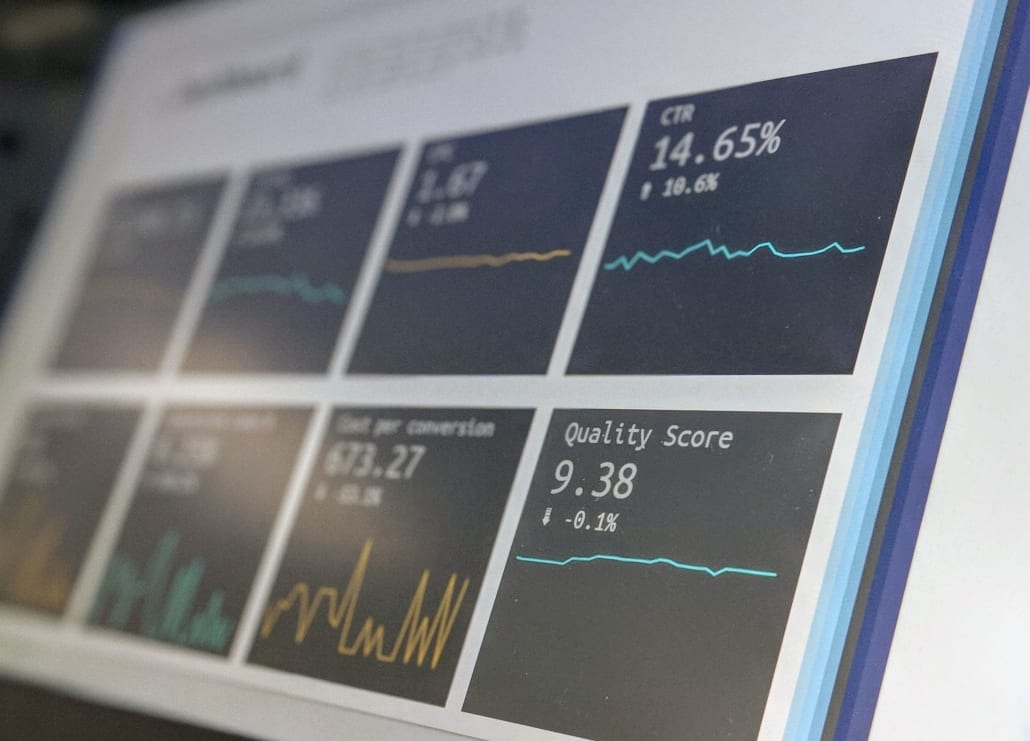Doing Big Business With Big Data? Avoid These Big Dangers
Photo courtesy of Pexels
Big Data is that important that businesses are doing more than using it to increase traffic. Today, savvy enterprises realise there is money to make, and they are trying to monetise the information they have. In fact, this blog has a post about why a business needs to start monetising data.
There is no doubt that companies can make a lot of money from information, as seen by Big Data’s rise in popularity. However, just because there is an opportunity for revenue doesn’t mean it is worth taking. Before you attempt to get into the Big Data world, you should understand the big pitfalls.
Here are the ones to watch out for regarding monetising info.
Ownership Rights
Don’t make the mistake of assuming the data is yours to sell in the first place. It is important to remember that the company might not have the rights depending on the chain of events. For example, you might not have asked customers to accept the terms and conditions when they landed on the site. Or, the info might have come from a third party which muddies the waters. Before any data goes on sale, you need to have the right of ownership. Otherwise, they could be a lawsuit in the firm’s near future.
Contracts And Privacy Policies
Understand that the contracts and policies which apply now might be void in the future. It is possible for a stipulation to exist which terminates the security protocols in place and leaves the firm vulnerable. At the very least, a disclosure will be necessary to cover all of the bases. As a rule, take a look at the policies which relate to data and double check the fine print. It is better to be safe than sorry.
Laws And Regulations
The government takes the transference of data seriously, particularly in the day and age of extremist terrorism. Therefore, they pass laws which prevent the sale or transmission of certain pieces of information. If you are in possession of such a file and don’t comply, the consequences will be severe. Depending on who the info goes to, it could be treason. The way to stay on the right side of the law is to research ITAR compliance and EAR compliance. These are the regulations that deal with data transference.
Probably the biggest issue with monetising data is confusion. Because there is a lot to handle, it is easy to mess up the collection and storage processes. Not only does this affect the money side of things, but it is also a security flaw. Big data monetisers, to avoid this problem, form different organisations to specialise in this area. Although it seems like a big move, it is a clever and hassle-free way to cash in on data. Keeping the two sides separate negates confusion and smoothes out the business side of things.
There are lots of opportunities with Big Data, but there are lots of dangers, too.


 Dr. Rhian Silvestro is Associate Professor of Operations Management at Warwick Business School. Rhian has conducted service management research in a number of large, leading edge organisations including retail companies, banks, transport companies, health services and call centres. She has publications in over ten international journals in the fields of service design, performance improvement and supply chain integration.
Dr. Rhian Silvestro is Associate Professor of Operations Management at Warwick Business School. Rhian has conducted service management research in a number of large, leading edge organisations including retail companies, banks, transport companies, health services and call centres. She has publications in over ten international journals in the fields of service design, performance improvement and supply chain integration. Speaking two languages makes you bilingual, and speaking three makes you trilingual. Any more than that, and you are a polyglot. In today’s data-driven business world, you are a data scientist if you can “speak data”.
Speaking two languages makes you bilingual, and speaking three makes you trilingual. Any more than that, and you are a polyglot. In today’s data-driven business world, you are a data scientist if you can “speak data”. Lang Smith is the founder of Cloud Signalytics – a first-of-its-kind predictive intelligence software platform helping major franchise auto dealerships create highly precise, individualized customer profiles to maximize sales. He may be reached online at
Lang Smith is the founder of Cloud Signalytics – a first-of-its-kind predictive intelligence software platform helping major franchise auto dealerships create highly precise, individualized customer profiles to maximize sales. He may be reached online at